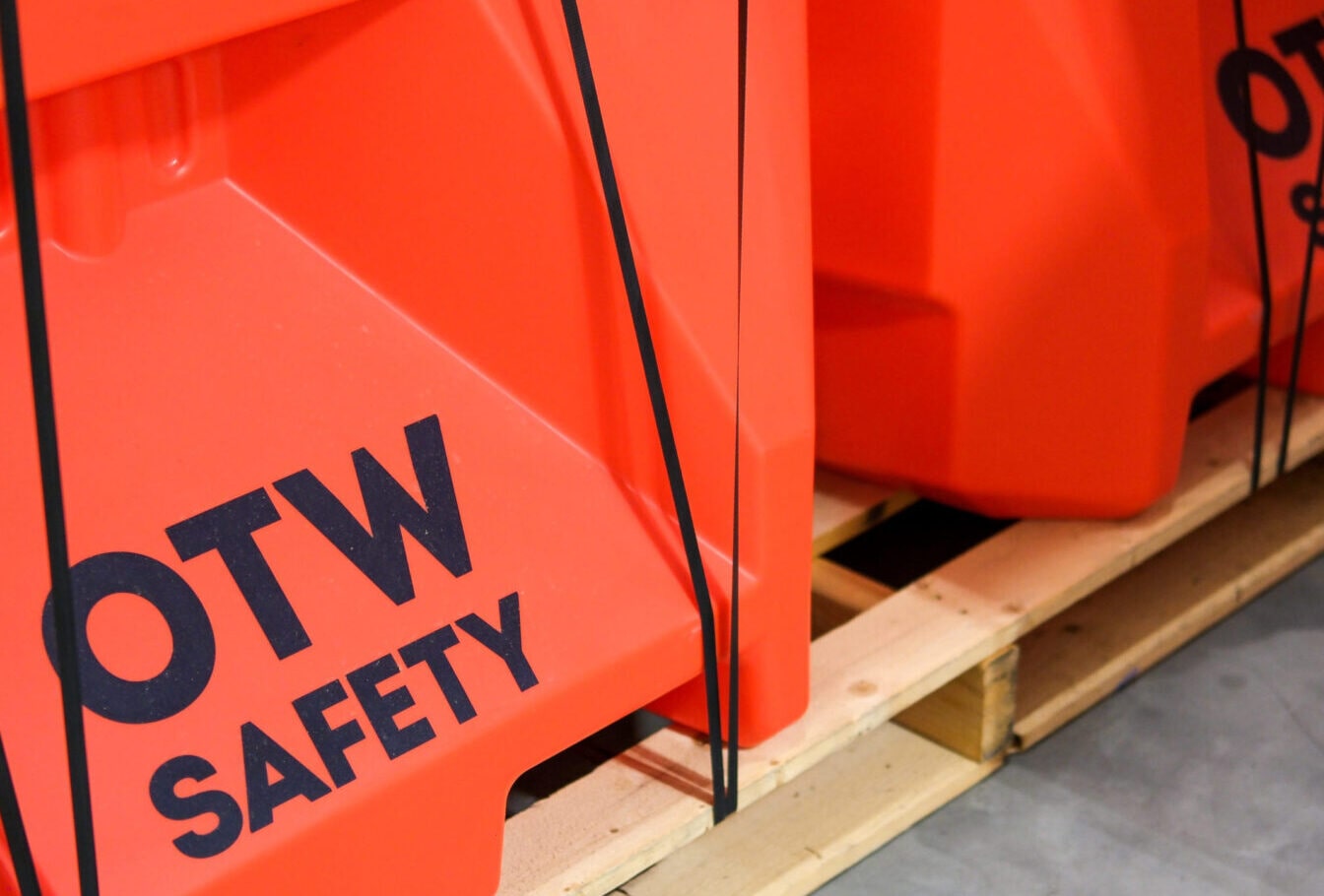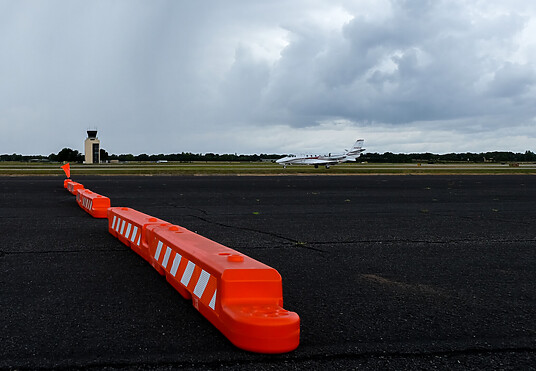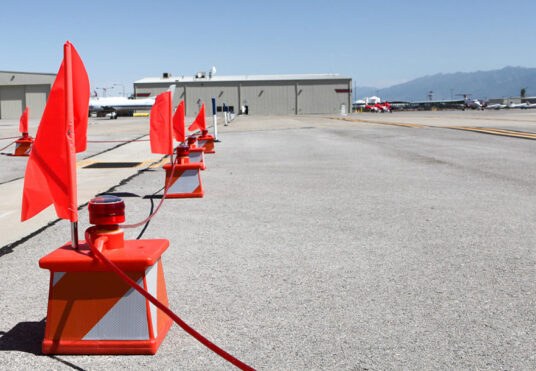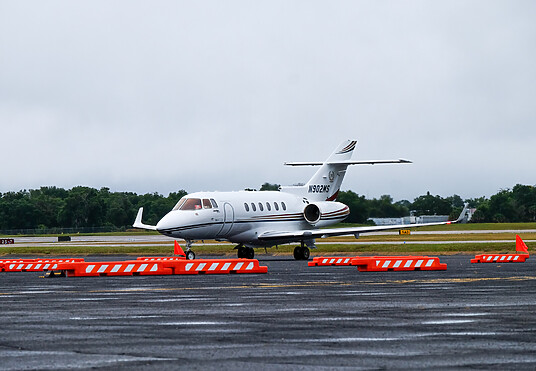Airport funding awarded to 99 airports across the nation – a collective $1B in funds will be dispersed

Air travel demands are rising and airports are racing to keep up with the necessary infrastructure to meet the needs of the increasing number of airport guests. Updating buildings, increasing security checkpoint capacity, bettering roadways, and creating faster and more reliable baggage systems are costly endeavors, but airline customers will see great benefits from these updates and more in the coming years.
The newly passed Bipartisan Infrastructure Law is allowing the Federal Aviation Administration (FAA) to award nearly one billion dollars to 99 airports of varying size across the 47 states and two territories. Airlines are constantly seeking to enhance the customer experience, and, thus, the awarding of such funds means that great strides can be made in creating atmospheres, procedures, and improvements that will benefit customers and employees alike.
New infrastructure funding means big changes in the airport and service industry
“Americans deserve the best airports in the world, and with demand for air travel surging back, this funding to improve the passenger experience couldn’t come at a more urgent time,” said U.S. Transportation Secretary Pete Buttigieg. “These grants will make it faster and easier to check your bags, get through security and find your gate, all while creating jobs and supporting local economies.”
“Americans deserve the best airports in the world, and with demand for air travel surging back, this funding to improve the passenger experience couldn’t come at a more urgent time. These grants will make it faster and easier to check your bags, get through security and find your gate, all while creating jobs and supporting local economies.”
U.S. Transportation Secretary Pete Buttigieg
Many airports, such as the local Salt Lake City International Airport in Salt Lake City, Utah, will use their $29 million in funds for terminal reconfiguration and redevelopment plans. SLC, in particular, will not only upgrade its current terminals but will also be able to boast 16 new gates and up to five new permanent hardstand positions in Concourse B. This is incredible for the SLC airport, as it means new jobs for many individuals and higher capacity for guests from across the globe.
Terminal upgrades aren’t the only thing that airport officials are planning on upgrading. Many airports will use their funds to improve their security screening areas, which is often the most stressful part of a trip for many. Upgrading these areas and making them more intuitive, larger, and easier to get through quickly will make an incredible difference in the way that guests view their TSA experiences in the future. Airports such as O’Hare International in Chicago, IL, Seattle-Tacoma International in Seattle, WA, and Sarasota Bradenton International in Sarasota, FL, will use at least a portion of their funding for such endeavors.
Other airports, such as Albany International in Albany, NY, will seek to refurbish their air control towers with their grants. This will look like overhauling the air control towers themselves, upgrading or replacing existing mechanical and electrical elements, and improving the efficiency with which they operate.
Funding now creates sustainability and equitability for the future
The Airport Terminal Program, one of the three aviation programs created by the Infrastructure Bipartisan Law, is what allows these recent funds to be distributed. This “once-in-a-generation” law will provide a historic $25 billion to modernize our country’s airport infrastructure (learn more at faa.gov/bil). While the funding is not limited to the aviation industry, the effects of these grants will be far-reaching and will enable airports across the country to participate in creating a more sustainable economy, help fight climate change, and improve safety for personnel and passengers alike in the years to come.


